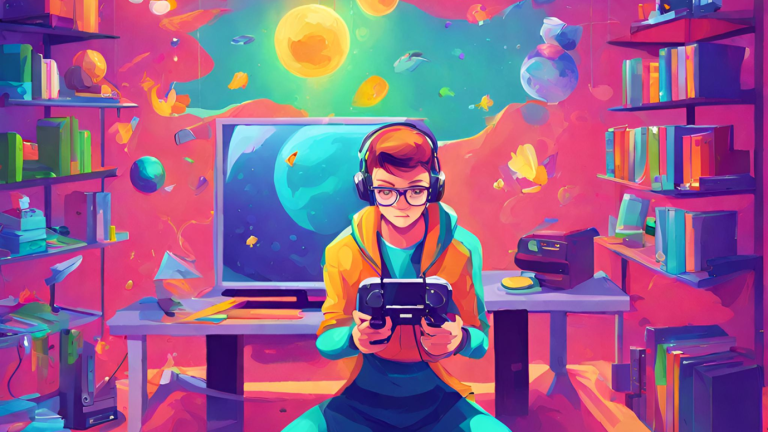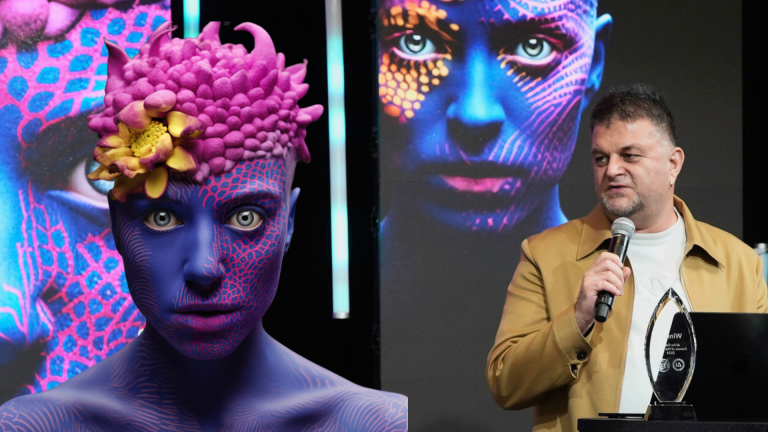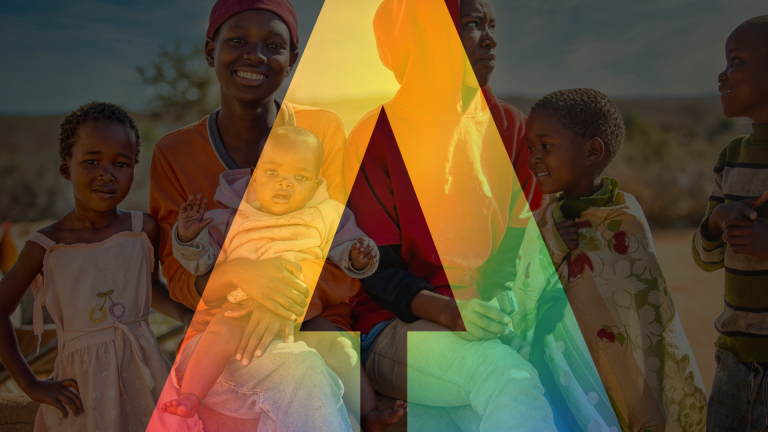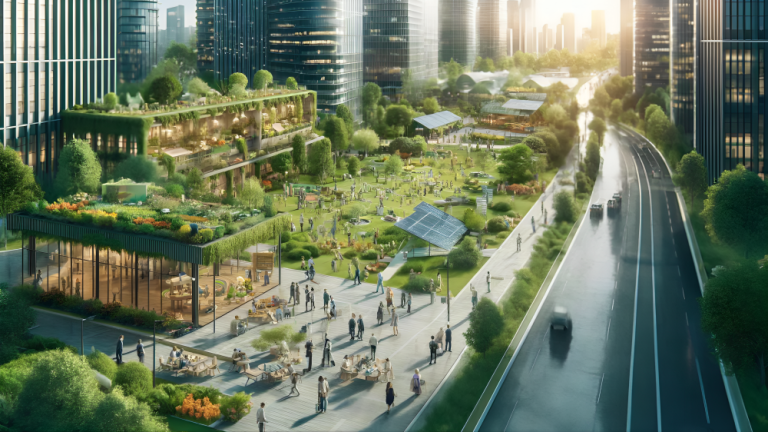Elevating Innovation: How Human-Robot Collaboration is Reshaping the Future of Automation
The Shift Towards Cognitive Robots: A New Dawn in Human-Machine Interaction
The dialogue surrounding cognitive robots is not merely a passing fad; it signifies a transformative evolution in our historical landscape. These advanced machines are beginning to showcase abilities that echo human thought and creativity, prompting us to reflect not only on their functionalities but also on their integration into our daily lives. With the staggering data we generate each day—over 2.5 quintillion bytes—cognitive robots have the capacity to interpret this information in ways that are both meaningful and beneficial to humanity.
At the AI for Good Global Summit 2023, the session titled “4NE-1: A New Era of Human-Machine Collaboration with Cognitive Robots,” in collaboration with David Reger, CEO and Founder of NEURA Robotics, examined the complex role of cognitive robotics in the digital age. The session highlighted their potential as partners rather than just tools, and discussed the ethical and creative ramifications of their incorporation into society.
Navigating the Creative Crossroads
Reger posits that cognitive robots represent the synthesis of AI with human creativity and insight. These sophisticated machines extend beyond mere efficiency; they are crafted to perceive, comprehend, and interact with their environment in ways akin to human thought and intuition. By acting as collaborators rather than just instruments, these robots aspire to elevate human capabilities, paving new paths for cooperation without replacing human roles.
Nonetheless, the swift advancement of AI introduces a complex paradox, especially within creative fields. AI-driven tools, like advanced image generators and innovative text-to-speech technologies, offer unprecedented efficiency and cost savings. However, this technological explosion raises concerns, threatening traditional creative domains such as photography, design, and storytelling. The core of this quandary lies in AI’s potential not only to enhance creative tasks but to penetrate the very essence of creation, provoking significant questions about the future of human ingenuity in the face of relentless automation.
“I share the worries of the creative sectors because we see that many beloved professions, such as storytellers or screenwriters, fear they are becoming mere suppliers to artificial intelligence rather than creative minds,” stated David Reger.
A Leap in Cognitive Robotics
The 4NE-1 robot signifies an important milestone on the journey towards seamless human-machine collaboration. Engineered with cutting-edge cognitive abilities, 4NE-1 transcends ordinary machinery; it exemplifies the potential of AI to collaborate effectively with humans.
Fitted with sensory inputs and a sophisticated processing system, 4NE-1 can perceive its surroundings, make knowledgeable decisions, and carry out tasks with a precision and adaptability that mimics human interaction. This advancement in cognitive robotics not only showcases the technical expertise behind AI but also emphasizes the prospect of these machines becoming vital components of our everyday lives, aiding in tasks that range from the routine to the intricate.
Shaping a Collaborative Future
The ultimate goal of cognitive robotics extends far beyond basic functionality. It is about cultivating a harmonious relationship between humans and machines, where technology empowers individuals to attain unprecedented levels of creativity and innovation. The primary focus is not on creating machines that control human actions, but on nurturing robotic assistants that greatly enhance our quality of life.
By endowing robots with the ability to comprehend, adjust to, and interact effortlessly with their environment, we lay the groundwork for a symbiotic partnership. In this envisioned future, humans and machines collaborate to achieve shared objectives. The essence of this vision is to ensure that advances in AI and robotics serve as instruments that amplify human potential instead of diminishing it.
“Discussing AI and cognitive robotics together will indeed transform multiple facets of our lives. Let’s work together to avoid relegating ourselves to the roles of servants or mere feeders for AI. We are the most creative and advanced species on the planet, and I aspire for it to remain that way,” emphasized David Reger.
This enlightening session unveiled a new epoch in human-machine collaboration. The journey ahead is laden with both challenges and opportunities. By nurturing a partnership between humans and cognitive robots, we can ensure that the advancements in AI and robotics foster a future where both coexist, enhancing each other’s capabilities. Together, we advance toward a tomorrow where technology and humanity converge, unlocking infinite possibilities for creativity and innovation.
Watch our full video:






